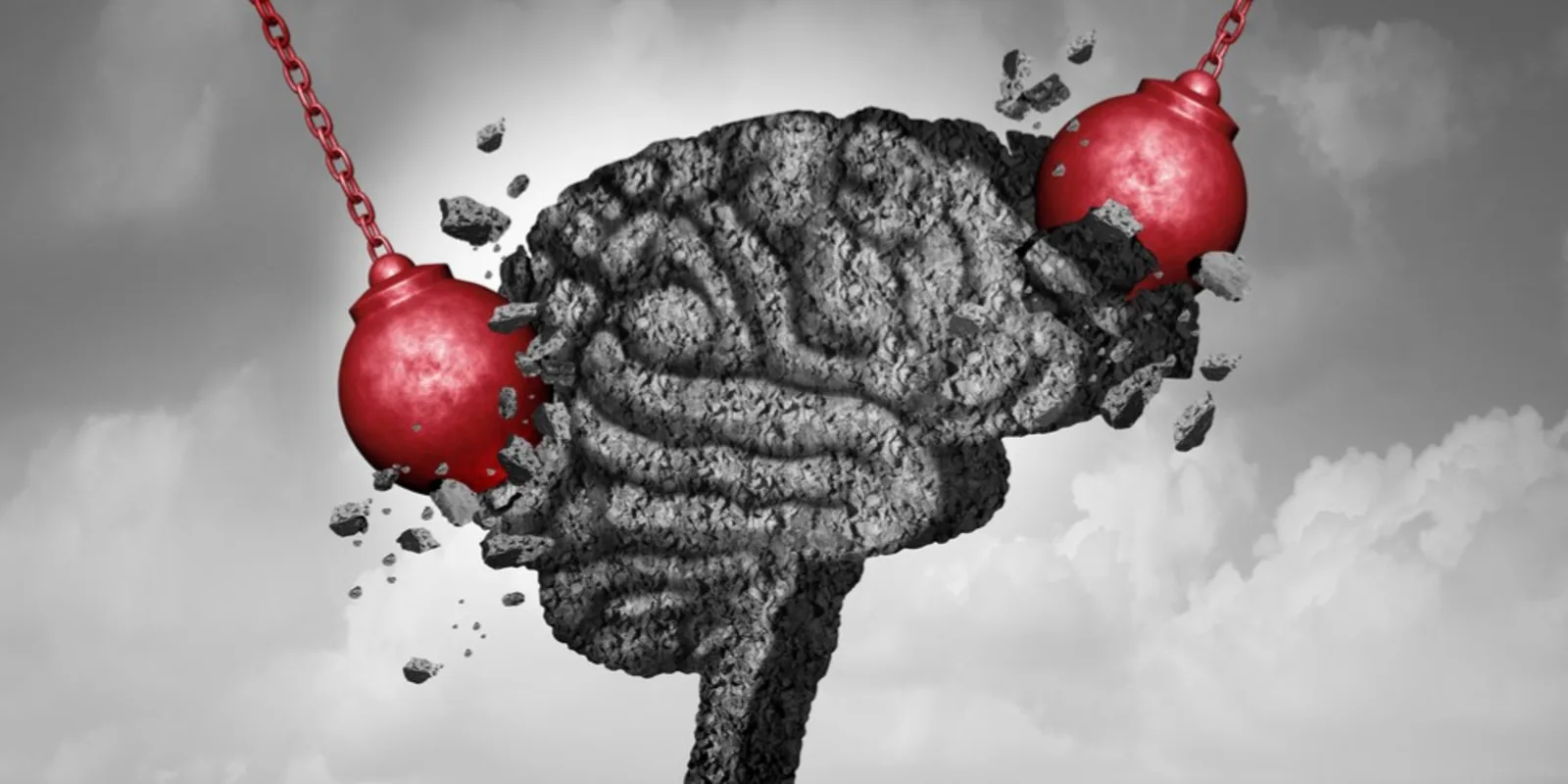
Combining “STEAM” (science, technology, engineering, arts and math) with a visual arts-based curriculum seems to be an effective way to teach high school students about migraine and concussion, according to new research presented at the 60th Annual Scientific Meeting for the American Headache Society.
While there is surmounting evidence that migraine and concussion are disabling conditions, these conditions largely remain under-identified and under-treated particularly amongst adolescents. Headache specialists wanted to see whether the application of STEAM concepts into visual-arts classes could change that by increasing teens’ awareness and knowledge of these conditions.
They designed the Headache and Arts Program with guidance from high school arts and science teachers, as well as input gathered from age-appropriate student assessment surveys. The program ran for two weeks at four high schools in New York City. A total of 48 students had received lessons on vision, optical illusions and other topics related to migraine and concussion.
“There are famous artists, like Van Gogh and Georgia O’Keeffe, who have suffered from migraines and have expressed their symptoms through art,” said Dr. Mia Minen, lead author of the study. “I thought it would be really interesting to use visual arts to teach students about migraine and concussion.”
Students also created artwork that integrated STEAM knowledge learned through the program and developed unique methods to teach others about migraine and concussion (such as social media skits, campaigns, poetry). Ultimately, they created their own works of art that were displayed at the schools.
Prior to the pilot program, students were tested on subject knowledge and total scores averaged 67.6% correct. At the end of the two weeks, students improved with post-test scores at 80% correct on average.
Minen, an assistant professor of neurology and Chief of Headache Research at New York University Langone Medical Center in New York, says high school students are at the right age for raising awareness and knowledge of these conditions.
“It’s really a public health program, so that they can learn the signs and not just recognize the signs of migraine and concussion in themselves, but also in their family and community,” Dr. Minen said.
The researchers are looking to bring the program to other high schools.
The study, “A pilot educational intervention for headache and concussion: The headache and arts program,” was presented at the 2018 American Headache Society Annual Scientific Meeting. It was also recently published in the journal Neurology.






